Fertilizer isn’t always your friend. In fact, some plants absolutely hate the stuff. While you’re out there sprinkling nutrients like garden glitter, a few green divas are rolling their eyes and plotting revenge. They don’t need help. They don’t want help. And forcing it only makes things worse—leggy stems, crispy leaves, zero blooms. These 16 plants? They thrive on tough love. Give them sunlight, a bit of water, and then leave them alone. Your good intentions might be suffocating their natural charm. So stop the fertilizing frenzy. Back away from the compost. And meet the fierce, independent growers who do better when you just… stop trying so hard.
Lavender
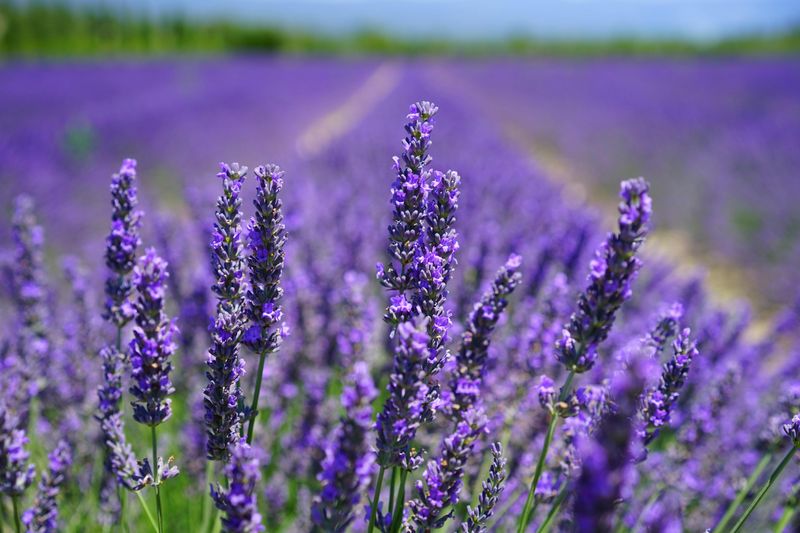
Lavender, with its soothing scent and striking appearance, thrives best in well-drained soil without any fertilization. Its resilience is remarkable, as it flourishes even in poor soil conditions.
This hardy plant produces an enchanting fragrance that attracts butterflies and bees, creating a delightful sensory experience in any garden. Over-fertilizing lavender can lead to lanky growth and reduced blooms, so it’s best to let it thrive naturally.
Allowing lavender to grow without interference ensures a bushier plant with more intense color. Embrace its natural beauty by savoring its aromatic presence.
Sage
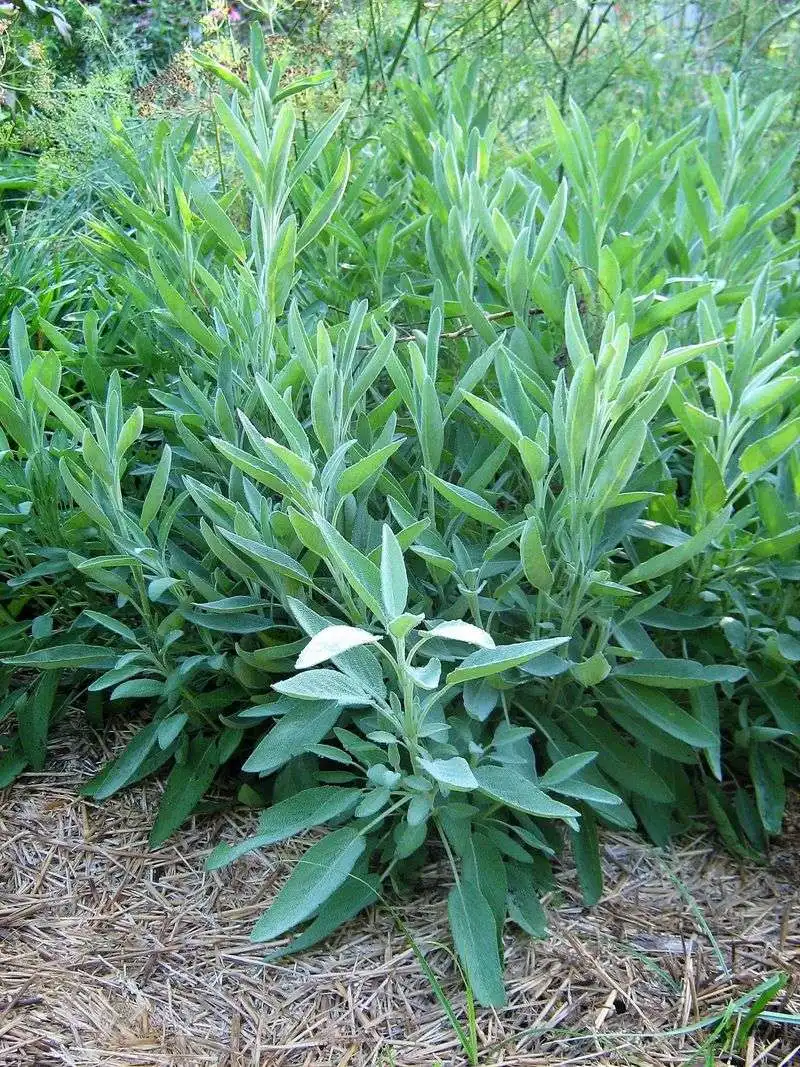
Sage, a staple in culinary and medicinal uses, is a plant that prefers neglect over attention. Its silvery leaves are a testament to its ability to thrive without fertilization.
In fact, sage’s flavor intensifies when grown in poor soil, making it a favorite among chefs. Over-fertilizing can lead to a less potent taste, so it’s best left to its own devices.
This plant’s robust nature allows it to flourish in dry conditions, providing a burst of aroma and visual interest in gardens. Sage truly shines when left untamed.
Thyme
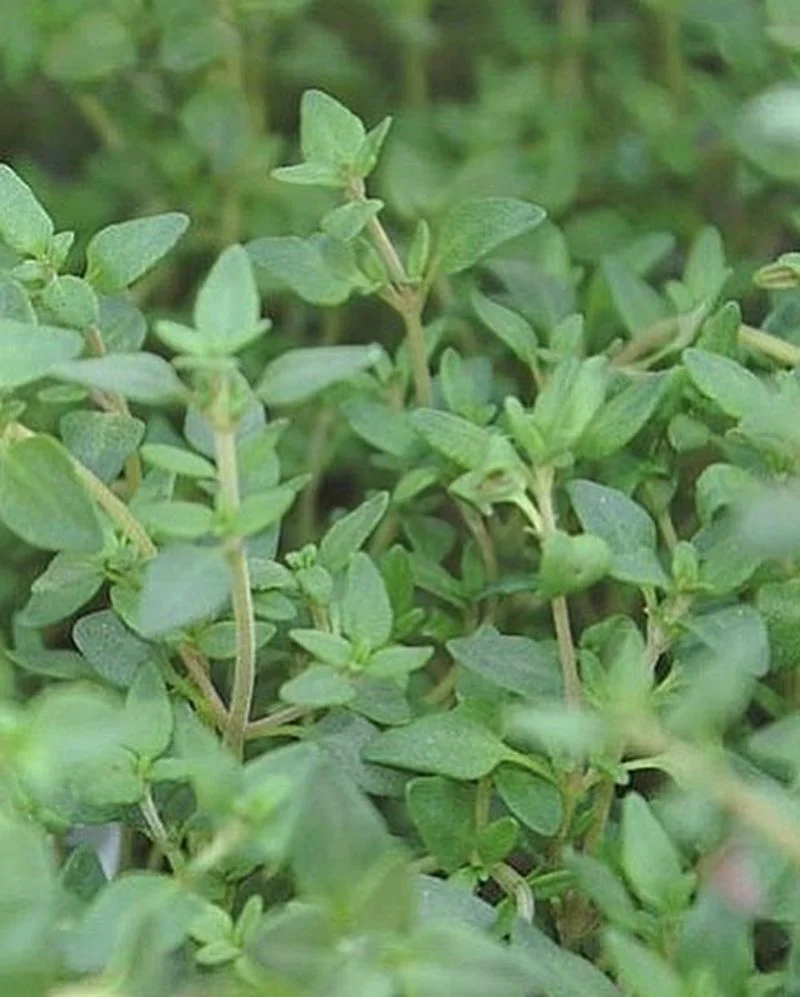
Thyme’s tiny leaves pack a punch of aroma and flavor, thriving effortlessly in rocky, infertile soil. This herb requires minimal intervention, making it perfect for gardeners with a laid-back approach.
By avoiding fertilization, you allow thyme to develop its full-bodied essence, a crucial component in many dishes. Over-fertilization can diminish its characteristic scent and taste.
Let thyme’s natural resilience take center stage, as it offers ground cover and bursts of tiny, delicate flowers. This herb proves that sometimes less is more in gardening.
Rosemary
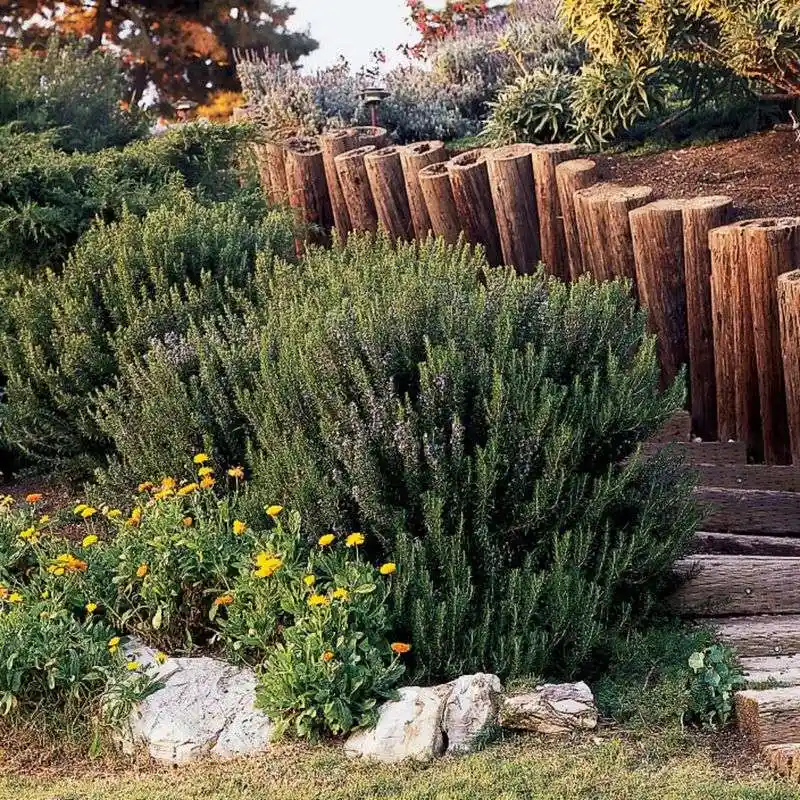
Rosemary, with its aromatic needle-like leaves, thrives in the rugged landscapes of the Mediterranean. It prefers sandy, well-drained soil and minimal fertilization.
Nurturing rosemary without added nutrients allows it to develop its strong, woodsy flavor. When over-fertilized, it can become excessively tall and lose its characteristic aroma.
This plant’s spiky appearance adds architectural interest to gardens, while its scent evokes memories of coastal breezes. Embrace rosemary’s robust nature by letting it flourish without interference.
Oregano
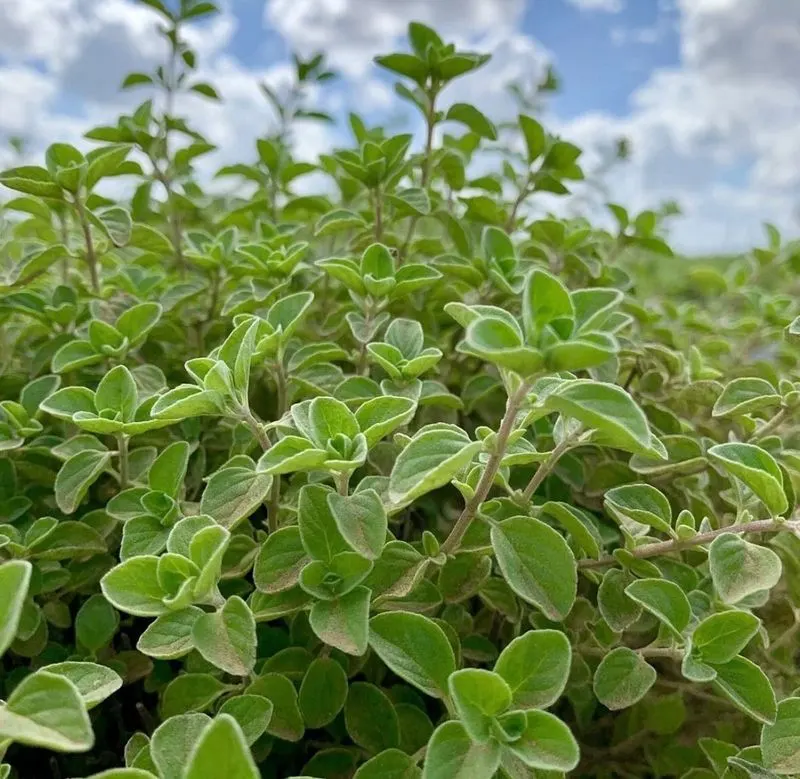
Oregano is a culinary favorite that prospers in the simplest conditions, requiring little more than sunlight and dry soil. Its bold flavor is heightened when left unfertilized.
The essence of oregano shines brightest when it is allowed to withstand the elements, producing lush growth and a rich taste. Fertilizing can dilute its distinctive aroma and strength.
This tenacious herb adds a touch of the Mediterranean to any garden, inviting you to enjoy its robust nature and culinary versatility. Let oregano’s natural vigor lead the way.
Aloe Vera

Aloe Vera, with its fleshy leaves and soothing gel, is a household favorite. This resilient plant thrives in poor, sandy soil and doesn’t need the aid of fertilizers. Over-fertilizing can lead to soft, overly lush leaves that are more prone to diseases.
It’s fascinating how Aloe Vera adapts to varied conditions, drawing moisture from the air. Keep it in bright, indirect sunlight, and watch it flourish with minimal intervention.
Fun fact: Aloe Vera is known as the ‘plant of immortality’ in ancient Egyptian culture, celebrated for its healing properties and ability to thrive in harsh conditions.
Snake Plant
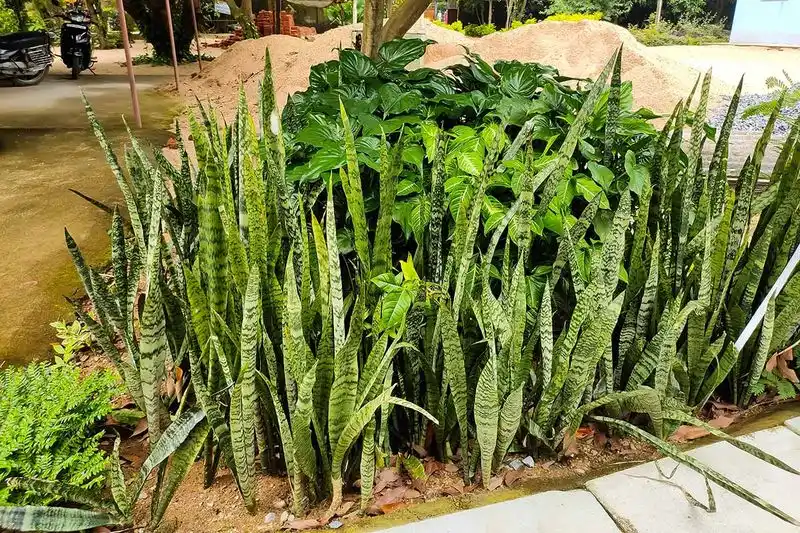
Snake Plant, or ‘Mother-in-law’s Tongue,’ is praised for its architectural beauty and low care needs. Fertilizers aren’t necessary for this hardy plant, which can even survive in poor soil.
Its vertical leaves make a bold statement, and it thrives on neglect. Perfect for beginners, the Snake Plant requires little water and can tolerate low light conditions.
Aside from being nearly indestructible, the Snake Plant is an excellent air purifier, making it both a stylish and practical choice for any home.
Jade Plant

The Jade Plant, often associated with luck, doesn’t need a fertilizer boost to maintain its charm. This succulent prefers a lean diet; too much fertilizer can cause its leaves to drop and become brittle.
Position it in a sunny spot, and let the soil dry out between waterings. This low-maintenance beauty is perfect for those who prefer a hands-off approach to gardening.
With its thick, glossy leaves, the Jade Plant is a statement piece in any home. Its ability to store water makes it a hassle-free companion for busy individuals.
Christmas Cactus
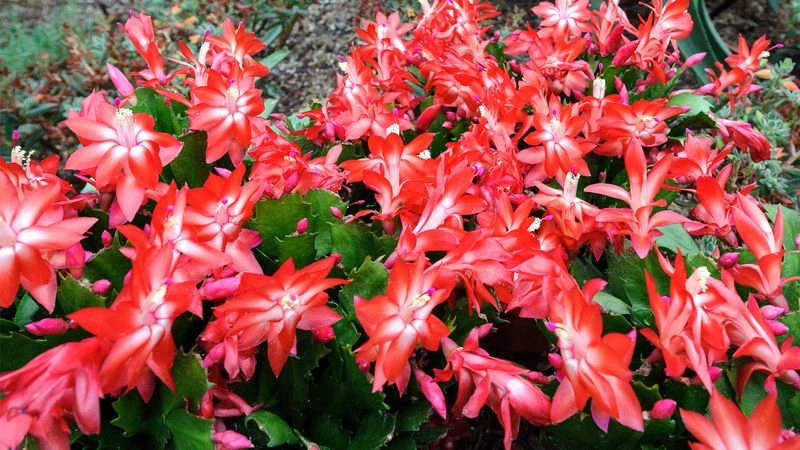
The Christmas Cactus is a festive favorite, flowering beautifully without fertilizers. Excess nutrients can actually hinder its blooming cycle and lead to limp, lackluster foliage.
This plant prefers a cooler environment with indirect light. Water moderately, allowing the soil to dry slightly between waterings, to enjoy its seasonal blossoms.
Did you know? The Christmas Cactus is not a desert cactus but originated from the tropical rainforests, where it thrives in the shaded, humid environment.
Mint
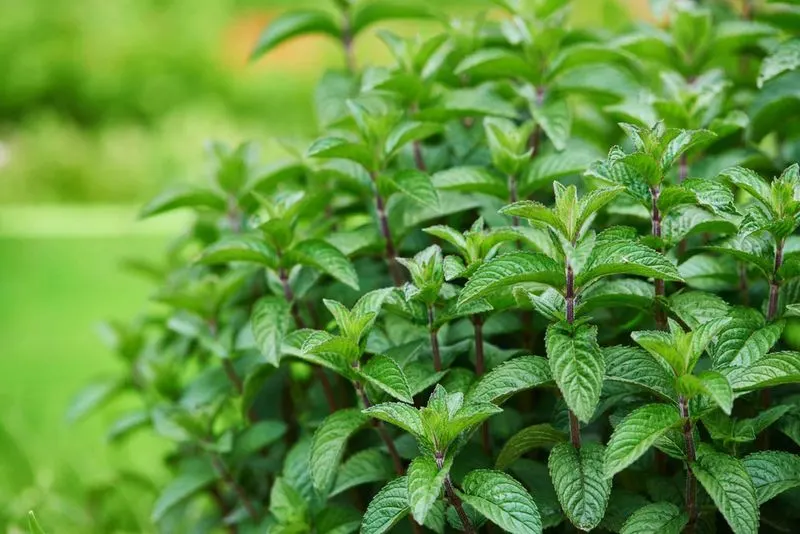
Mint is known for its invasive nature, spreading rapidly without any encouragement from fertilizers. Its vibrant green leaves and refreshing aroma make it a garden favorite.
Fertilizing mint can lead to an overgrowth that is difficult to control. Instead, allowing it to wander naturally produces more fragrant and flavorful leaves.
The sound of mint leaves rustling in the breeze adds a tranquil note to garden spaces. Embrace its wild spirit by letting it grow untamed, turning your garden into a lush, aromatic retreat.
Chives
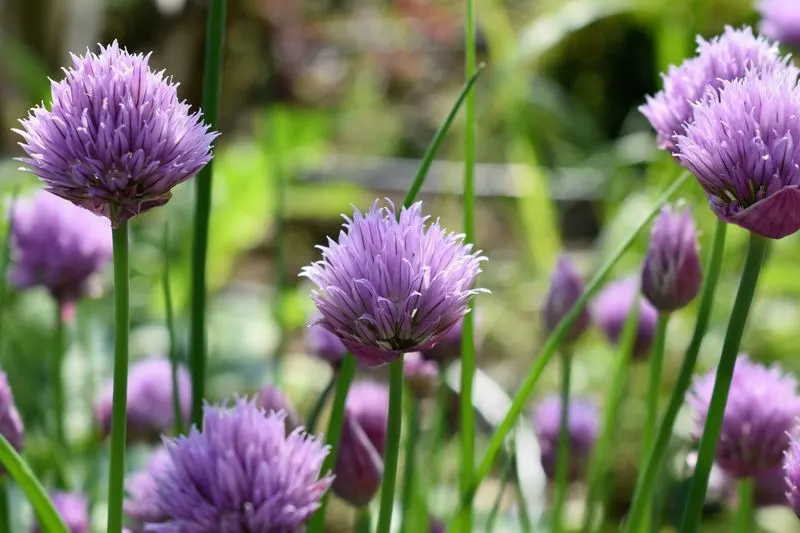
Chives, with their distinctive onion-like flavor, thrive in neglected corners of the garden. They demand little care and no fertilization to offer their best.
Over-fertilizing chives can lead to excessive leaf growth at the expense of their delicate, edible flowers. Keeping them unfertilized ensures a balanced growth of both stems and blooms.
Whether used as a garnish or a garden decoration, chives add a subtle elegance to any space. Enjoy their low-maintenance charm and culinary contributions without the need for additional nutrients.
Catnip

Catnip is a favorite among feline enthusiasts, known for its intoxicating effect on cats. This plant thrives in poor soil and doesn’t need fertilization.
Over-fertilizing catnip can result in a growth spike that reduces the potency of its essential oils. Allowing it to grow naturally ensures a more aromatic and enticing experience for your furry friends.
With its heart-shaped leaves and delicate flowers, catnip adds both visual charm and playful energy to gardens. Letting it grow freely invites a symphony of purrs and playtime.
Yarrow
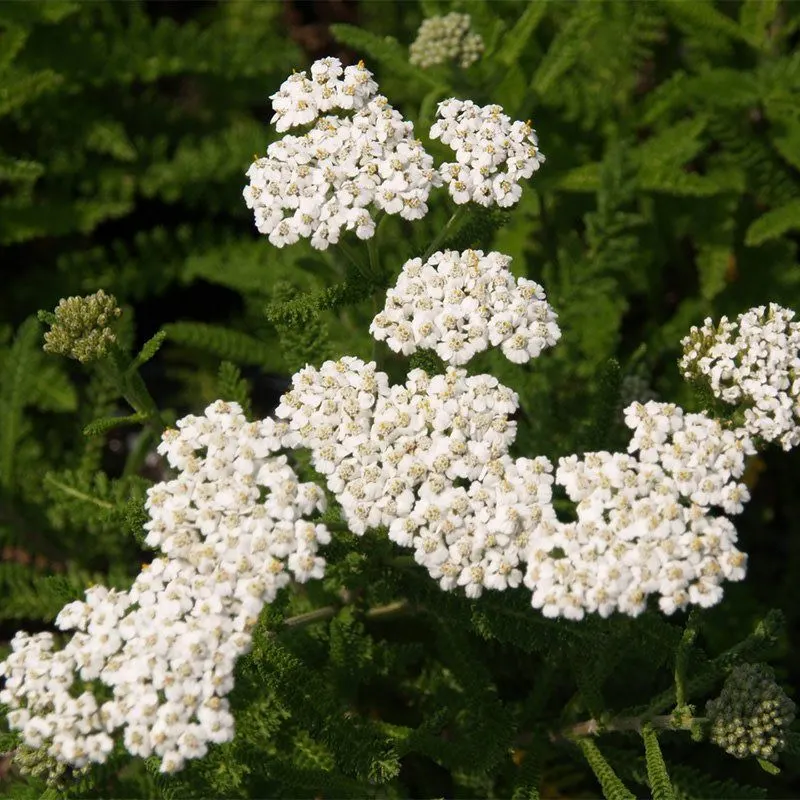
Yarrow is a hardy perennial that flourishes in tough conditions, often seen gracing fields and meadows. It requires no fertilization to display its clusters of dainty flowers.
Fertilizing yarrow can lead to floppy growth and weakened stems. By leaving it unfertilized, you encourage stronger plants with more vibrant blooms.
Its feathery leaves and long-lasting flowers make yarrow a favorite for wildflower gardens. Enjoy the natural elegance of this plant, which brings a touch of the wild to cultivated spaces.
Lemon Balm
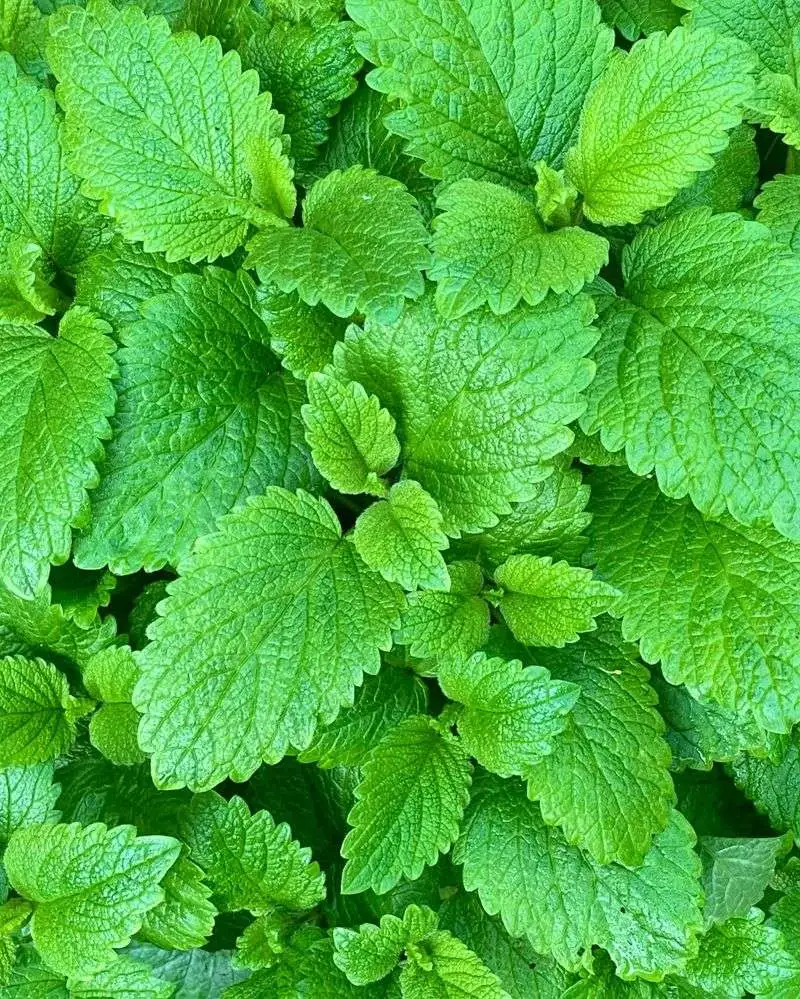
Lemon balm is cherished for its calming citrus scent and ease of growth. Thriving in a variety of conditions, it requires no fertilization to spread its joyous fragrance.
Introducing fertilizer can make lemon balm overly aggressive, overtaking garden spaces. Letting it grow naturally ensures its delightful aroma remains potent and its growth manageable.
This plant’s bright green leaves add a splash of color and tranquility to gardens. Enjoy lemon balm’s soothing presence without the need for added nutrients, and let its lemony scent lift your spirits.
Spider Plant
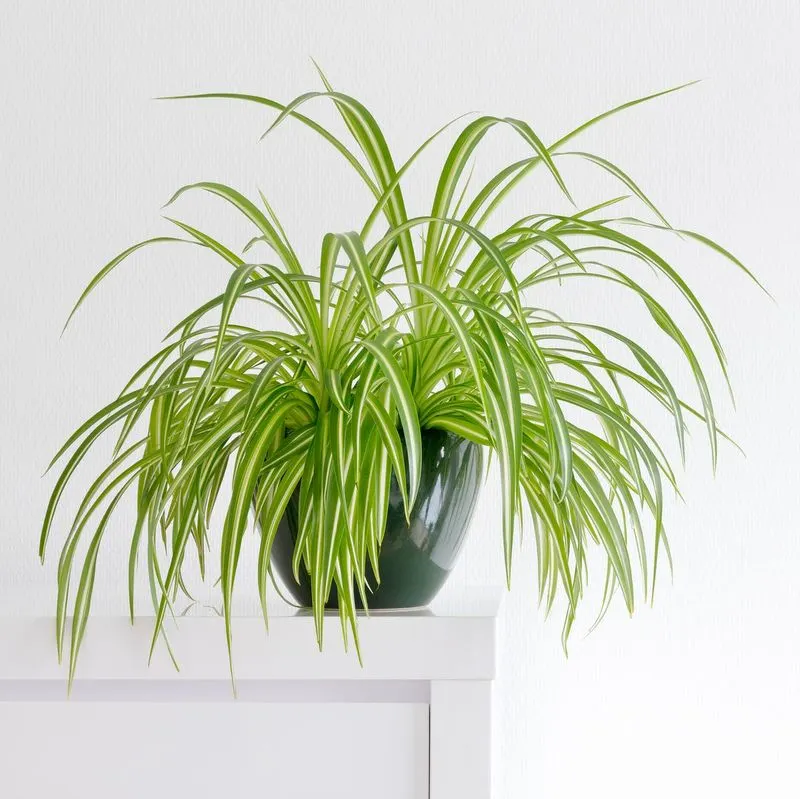
Spider Plant’s cascading foliage adds elegance to any space, and it does so without the need for fertilizers. Over-fertilizing can lead to brown leaf tips and diminished vitality.
Known for its air-purifying abilities, this plant is as beneficial as it is beautiful. It thrives in various lighting conditions, making it a versatile addition to any home.
Interestingly, the Spider Plant produces ‘babies’ or offshoots, which can be propagated easily, giving you more plants to enjoy or share with friends.
Dandelion

The humble dandelion, often dismissed as a mere weed, is a resilient plant that thrives best without added nutrients. Its sunny blooms bring a cheerful touch to lawns and meadows, a testament to its self-sufficient nature.
These golden wonders possess a taproot that delves deep into the earth, drawing nutrients from untouched reserves. Fertilizing them is unnecessary and can even hinder their growth. Dandelions are not only visually delightful but are edible, offering a slightly bitter, peppery taste.
Fun fact: Dandelions have been used historically as a natural diuretic and detoxifier.

